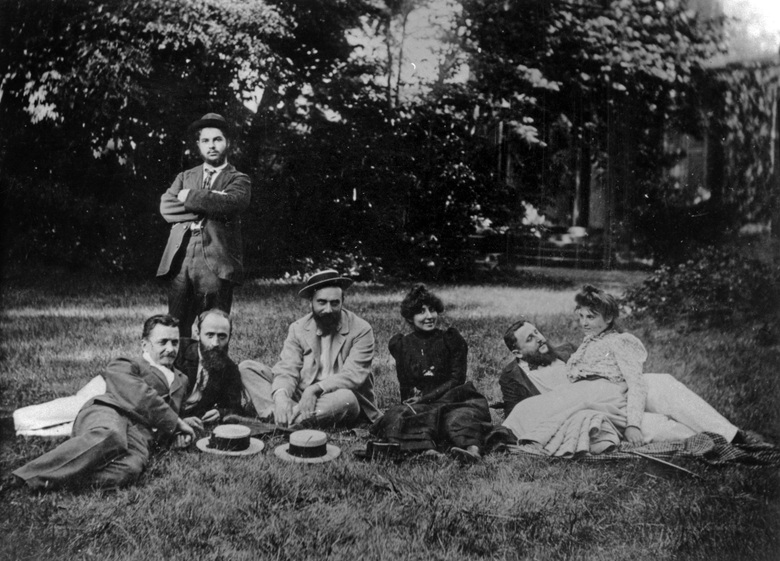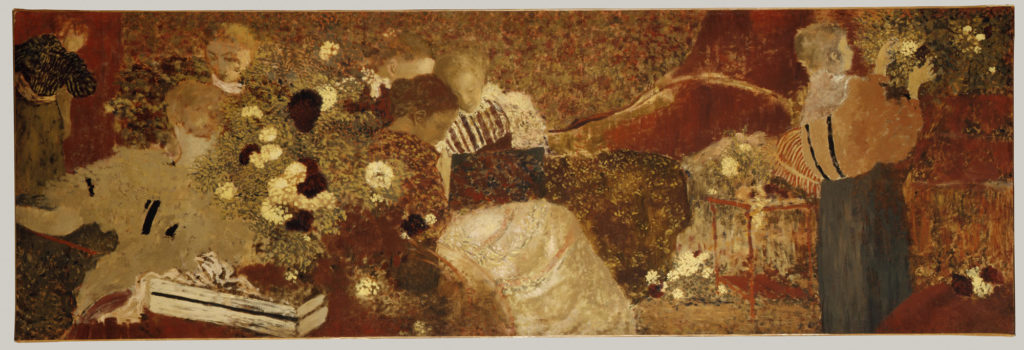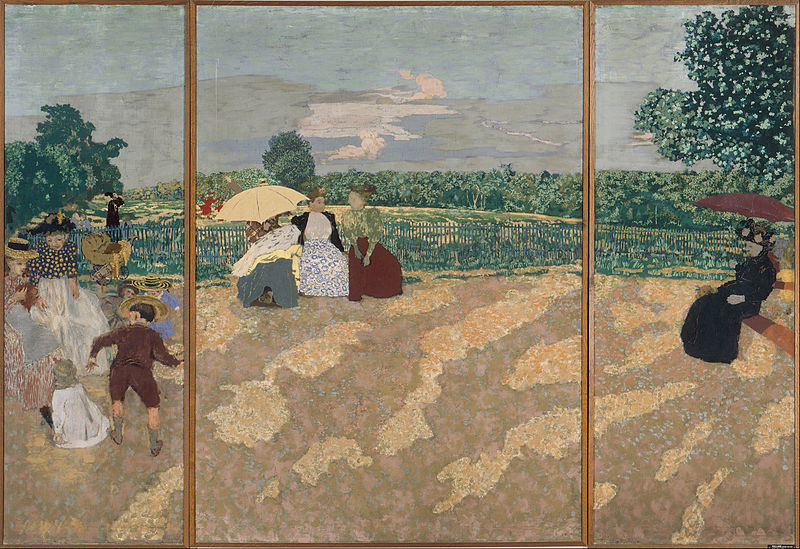5 Things You Need to Know About Cupid
Cupid is the ancient Roman god of love and the counterpart to the Greek god Eros. It’s him who inspires us to fall in love, write love songs...
Valeria Kumekina 14 June 2024
“Nabis” in Hebrew means “prophets.” In the Fall of 1888, a group of students at the Parisian Académie Julian disappointed with the strict teaching methods and representational painting formed a brotherhood and called themselves Les Nabis. They are one of my favorite artistic groups! Hopefully, after reading this article, they will become one of yours too.

They rejected the Renaissance idea of painting as a window onto a fictional world, they rather saw painting as a way to express personal emotions and spiritual truths (doesn’t it sound familiar to all the fans of Expressionism?) By abandoning linear perspective, the illusion of depth, and modeling, they freed form and color in loose, brisk, and bright brushstrokes.

Why the prophets, by the way? Well, they saw themselves as liberators of stiffened art, similar to the liberators of ancient Israel. Les Nabis wore beards and even came up with a secret language, signing their letters with a cryptic: E.T.P.M.V. et M.P. (In your palm, my word, and my thoughts).

If you remember the Arts and Crafts movement which wanted to make art and beauty accessible to everyone and introduce them into people’s lives and homes, Les Nabis too designed patterns for textiles, wallpapers, ceramics, furniture, stained glass, stressing the unbreakable link between fine arts and design. Often working on personal commission, they ventured out of their studios to work on-site, designing large-scale decorative schemes for specific interiors. Here, Édouard Vuillard painted a series of five panels for the Parisian apartment of Thadée and Misia Natanson, in which we can find echoes of Natansons’ guests such as Stéphane Mallarmé, or Claude Debussy.


Denis was the movement’s theoretician who in 1890 wrote a famous phrase:
Remember that a painting – before being a battle horse, a nude woman, or an anecdote of some sort – is essentially a flat surface covered with colors, put together in a certain order”. It’s all about the eye, he means, and it’s true that his paintings should always be looked at with symbolism in mind because Denis was the “Nabi of the beautiful icons.

Bonnard is known as one of the greatest European colorists and so he cared more about emotion and expressing the feeling of a moment, which he did by creatively handling color and composition. However, he was never as obsessed with Symbolism as other Les Nabis members and having met Henri Toulouse-Lautrec in 1891, he began showing his works on his own at the annual Société des Artistes Indépendants.


Vuillard was a comprehensive artist who loved taking photos (he got his first Kodak in 1897), painting theatre sets and programs, decorating interiors of private houses and chic Parisian cafés, or painting on simple screens. However, he is probably most famous for his homely interiors: contrary to other members of Les Nabis, Vuillard focused on domestic scenes, winning the “intimist” title.
DailyArt Magazine needs your support. Every contribution, however big or small, is very valuable for our future. Thanks to it, we will be able to sustain and grow the Magazine. Thank you for your help!